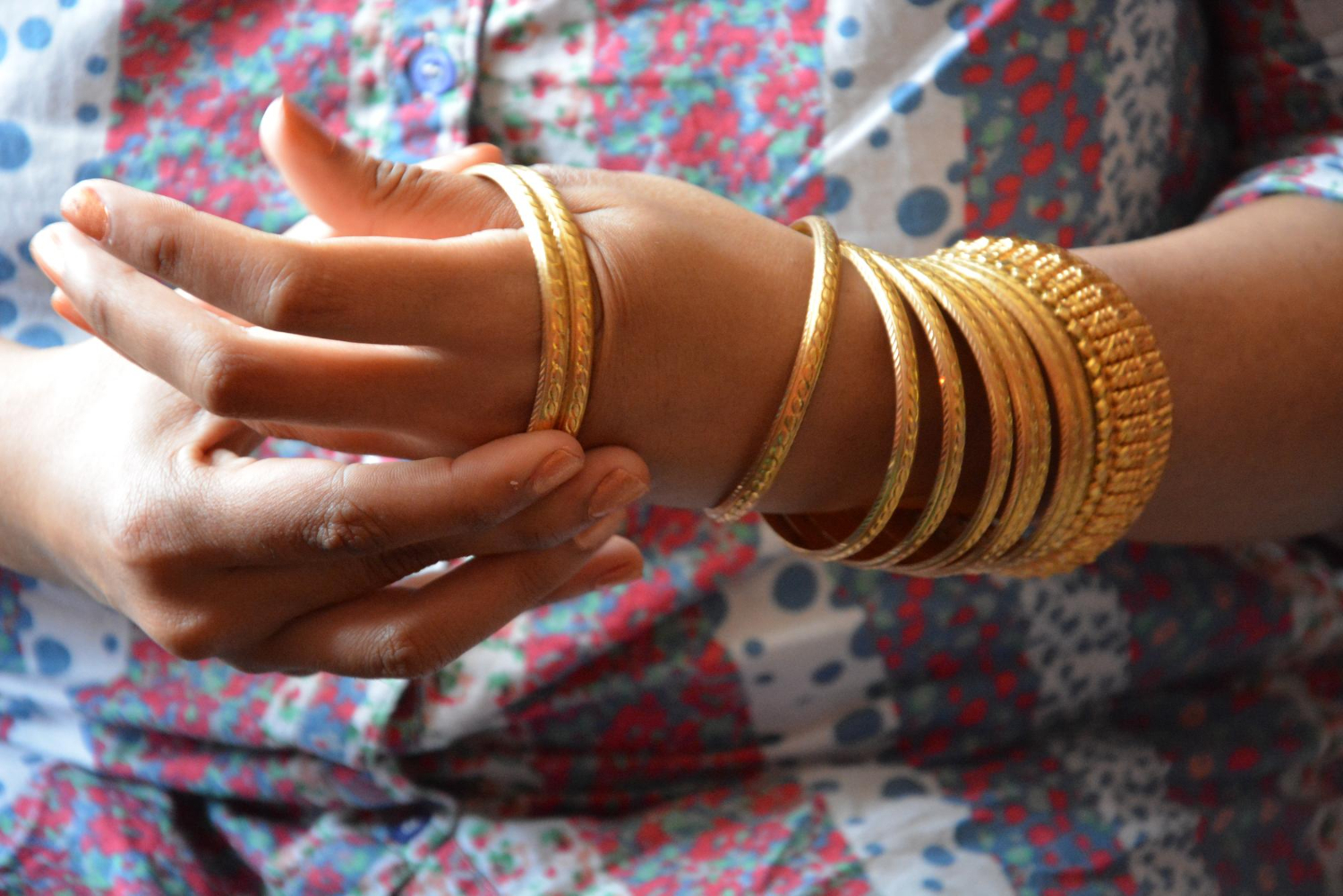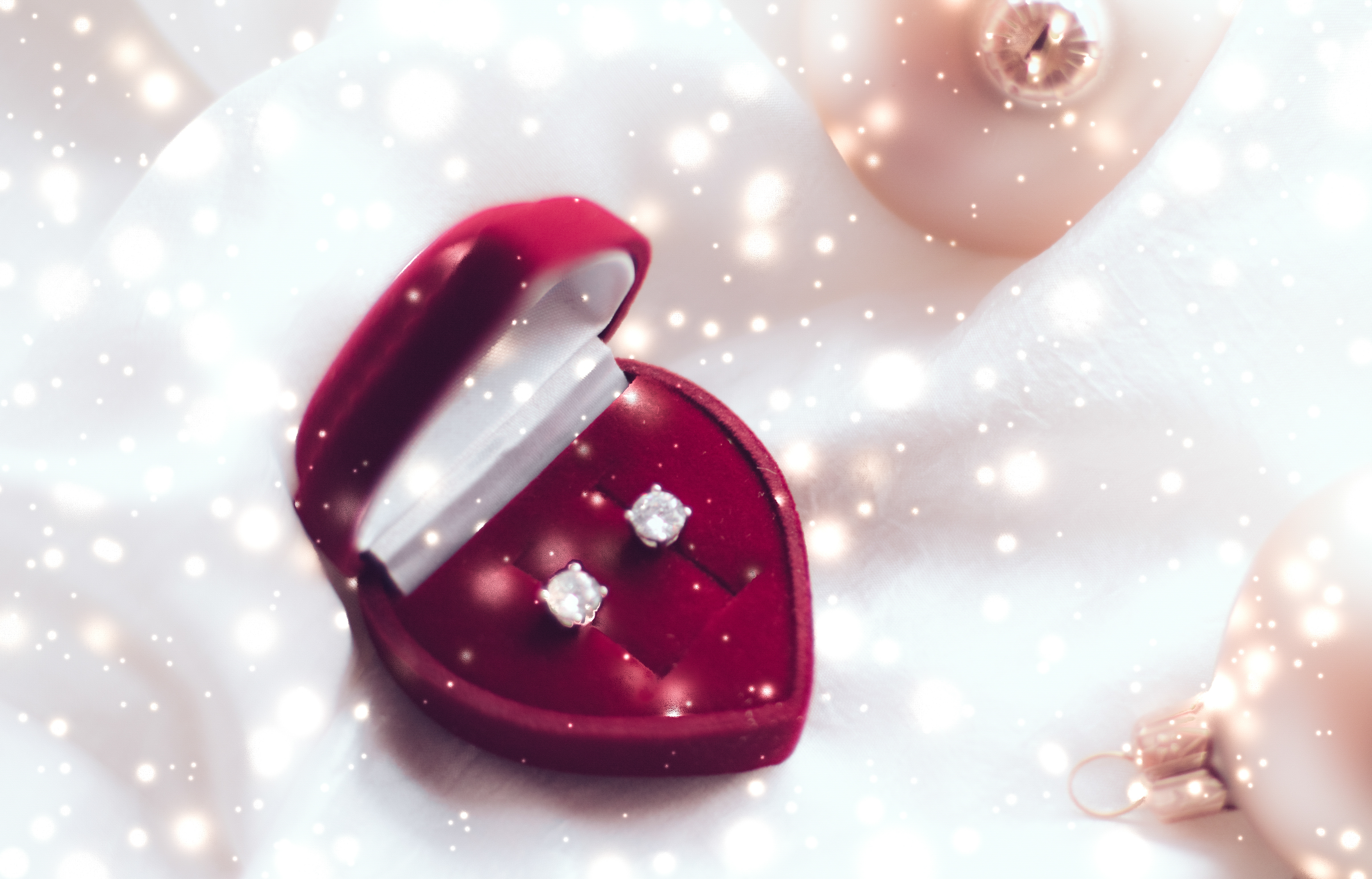The Cultural Significance of Jewellery in Bengali Households

Strong 8k brings an ultra-HD IPTV experience to your living room and your pocket.
Introduction
In every Bengali home, jewellery is more than a form of adornment. It is an emblem of tradition, pride, heritage, and emotion. Passed down through generations, jewellery in Bengali households holds deep-rooted cultural value and is considered an inseparable part of life events like marriage, childbirth, festivals, and even death rituals.
From heirloom gold bangles to intricately designed diamond sets, jewellery in Bengal is an enduring symbol of both family legacy and societal stature. As jewellers in India continue to innovate, the Bengali love for ornaments remains deeply intertwined with customs, memories, and identity.
This article explores the cultural significance of jewellery in Bengali families, the unique types of ornaments worn, and how modern diamond jewellers in India are preserving and adapting this rich tradition.
Jewellery as a Cultural Inheritance
Jewellery in Bengali households is often inherited, connecting generations through metal and memory. A grandmother's gold chain or a mother's bridal bangles become priceless possessions not just for their monetary value but for their stories.
These heirloom pieces are part of a family’s identity, often stored with reverence and passed on during significant life events like weddings. They embody blessings, continuity, and heritage.
Family Heirlooms: Grandmothers and mothers preserve gold chains, bangles, and earrings to hand over to daughters and granddaughters.
Emotional Value: Each piece tells a story—of a wedding, a festival, or a life-changing event.
Cultural Identity: Traditional Bengali jewellery patterns reflect regional craftsmanship and heritage.
Role of Jewellery in Bengali Weddings
Jewellery plays a central role in every phase of a Bengali wedding. From pre-wedding rituals to post-marriage celebrations, each event has specific jewellery that carries meaning.
Gaye Holud (Turmeric Ceremony)
During this ceremony, the bride wears lighter jewellery, often made of flowers or simple gold. The focus is on purity and natural beauty.
Floral or Gold Jewellery: Often includes a gold chain with a pendant, minimal earrings.
Shubho Bibaho (Wedding Day)
The most elaborate and traditional jewellery is reserved for the wedding day. Each piece has symbolism—power, fertility, and status.
Shonar Mukut: Gold crown worn with the bridal veil.
Chur Bangles: Heavy gold bangles symbolizing strength and prosperity.
Tikli: Forehead pendant, often in kundan.
Kan Bala: Intricate earrings with cultural motifs.
Paati Haar and Sita Haar: Layered statement necklaces.
Bou Bhat (Reception)
On the reception day, brides often shift to diamond or pearl sets that are lighter and more contemporary.
Diamond Sets: Offer elegance and modern charm.
Gift Exchange: Brides often gift jewellery to the in-laws.
Jewellery in Festivals and Religious Ceremonies
Bengali culture is steeped in festivals, and jewellery adds sparkle to every celebration.
Durga Puja
This is the most celebrated festival in Bengal, and jewellery plays a key role in the traditional attire of women.
Gold Chains and Jhumkas: Adorned with sarees for the daily rituals.
Bangles and Nose Rings: Complete the traditional look.
Lakshmi Puja and Kali Puja
Considered auspicious for wealth and power, these festivals involve new jewellery purchases and ceremonial dressing.
New Purchases: Families often buy gold during these festivals.
Traditional Jewellery: Worn as a sign of devotion and celebration.
Saraswati Puja
A coming-of-age moment for many young girls, who wear sarees for the first time and complement it with simple jewellery.
Gold Studs and Thin Chains: Signify youth and purity.
Minimal Bangles: A mark of new beginnings.
Ornaments Unique to Bengali Culture
Bengali jewellery includes unique ornaments that are distinct in design and deeply rooted in regional aesthetics.
Ratanchur
An elaborate head ornament that connects the forehead to the ears, often worn by brides during weddings or cultural performances.
Royal Appeal: Adds grace and sophistication.
Chain Designs: Usually paired with large tiklis.
Chur and Bala
Traditional heavy bangles worn in pairs and often passed down as family heirlooms.
Pure Gold: Usually unembellished and bold.
Symbol of Strength: Worn during weddings and festivals.
Mantasha
A large bangle that extends over the back of the hand, connecting to rings.
Floral Designs: Common in festive looks.
Gem Embellishments: For a royal touch.
Tikli and Matha Patti
These ornaments adorn the center of the forehead and hairline.
Kundan or Diamond Work: Preferred during weddings.
Cultural Patterns: Reflect traditional artistry.
Paati Haar
A flat, choker-style gold necklace often paired with longer chains.
Minimal Yet Bold: Offers contrast to heavier neckpieces.
Often Engraved: With symbols or motifs.
The Emotional Language of Jewellery
Jewellery is used to mark life’s milestones in Bengali households. It’s not just decorative; it holds symbolic and emotional significance.
First Gold Chain: Gifted during a child’s annaprashan (rice ceremony).
Adolescence: Simple bangles or studs gifted at puberty.
Marriage: Jewellery forms part of tottwo (wedding gifts).
Remembrance: Pieces preserved in memory of loved ones.
Each item carries a story, passed from one hand to another, adding emotional depth with every transition.
How Modern Jewellers are Adapting Bengali Traditions
As preferences shift, jewellers in India are reinterpreting Bengali jewellery with modern sensibilities.
Customization
Modern brides and customers want jewellery that reflects their individuality.
Initials and Dates: Engraved into the pieces.
3D Previews: Offered by tech-savvy jewellers.
Lightweight Jewellery
Comfort is now a priority, especially for long wedding functions.
Detachable Designs: Chokers that convert to bracelets.
Everyday Use: Designed to be reused post-wedding.
Digital Shopping
Online services make it easier to access traditional designs from anywhere.
AR Try-Ons: Help visualize the jewellery.
Virtual Consultations: For overseas buyers.
Ethical Sourcing
Transparency in sourcing is becoming a standard practice.
Certified Diamonds: Used by leading diamond jewellers in India.
Conflict-Free Gold: Increasingly in demand.
Buying Jewellery as an Investment
Jewellery in Bengali homes doubles as financial security.
Gold Reserves: Serve as savings.
Wealth Transfer: Jewellery is often gifted to secure a loved one’s future.
Liquidity: Easily pawned or sold in times of need.
This dual function ensures that demand for gold and diamond jewellery remains strong among Bengali families.
Regional Differences within Bengal
West Bengal is home to diverse subcultures, each with unique jewellery preferences.
North Bengal: Favors tribal designs and silver jewellery.
South Bengal: Known for kundan and temple-style gold pieces.
East Bengal (now Bangladesh): Prefers bold, ornate pieces.
The diamond jewellers in India who cater to these variations are more successful in preserving authenticity.
Tips for Preserving Heirloom Jewellery
Since many pieces are passed down, proper maintenance is crucial.
Storage: Use individual soft pouches.
Cleaning: Mild soap and soft brushes.
Appraisal: Get regular valuations for insurance.
Restoration: Trusted jewellers in India offer revamp services.
Conclusion
In Bengali households, jewellery is far more than just a fashion statement. It is a narrative of family, a pillar of tradition, and a witness to life’s most important milestones. From weddings and festivals to coming-of-age ceremonies, jewellery continues to be an intrinsic part of Bengali identity.
As styles evolve, the sentiment remains. Today, diamond jewellers in India and legacy jewellers in India are not just selling ornaments; they are preserving culture, offering innovation, and telling stories through gold, gemstones, and craftsmanship. So whether you’re a bride-to-be, a collector of heirlooms, or someone simply curious about Bengali heritage, know this: each piece of jewellery in
Note: IndiBlogHub features both user-submitted and editorial content. We do not verify third-party contributions. Read our Disclaimer and Privacy Policyfor details.



